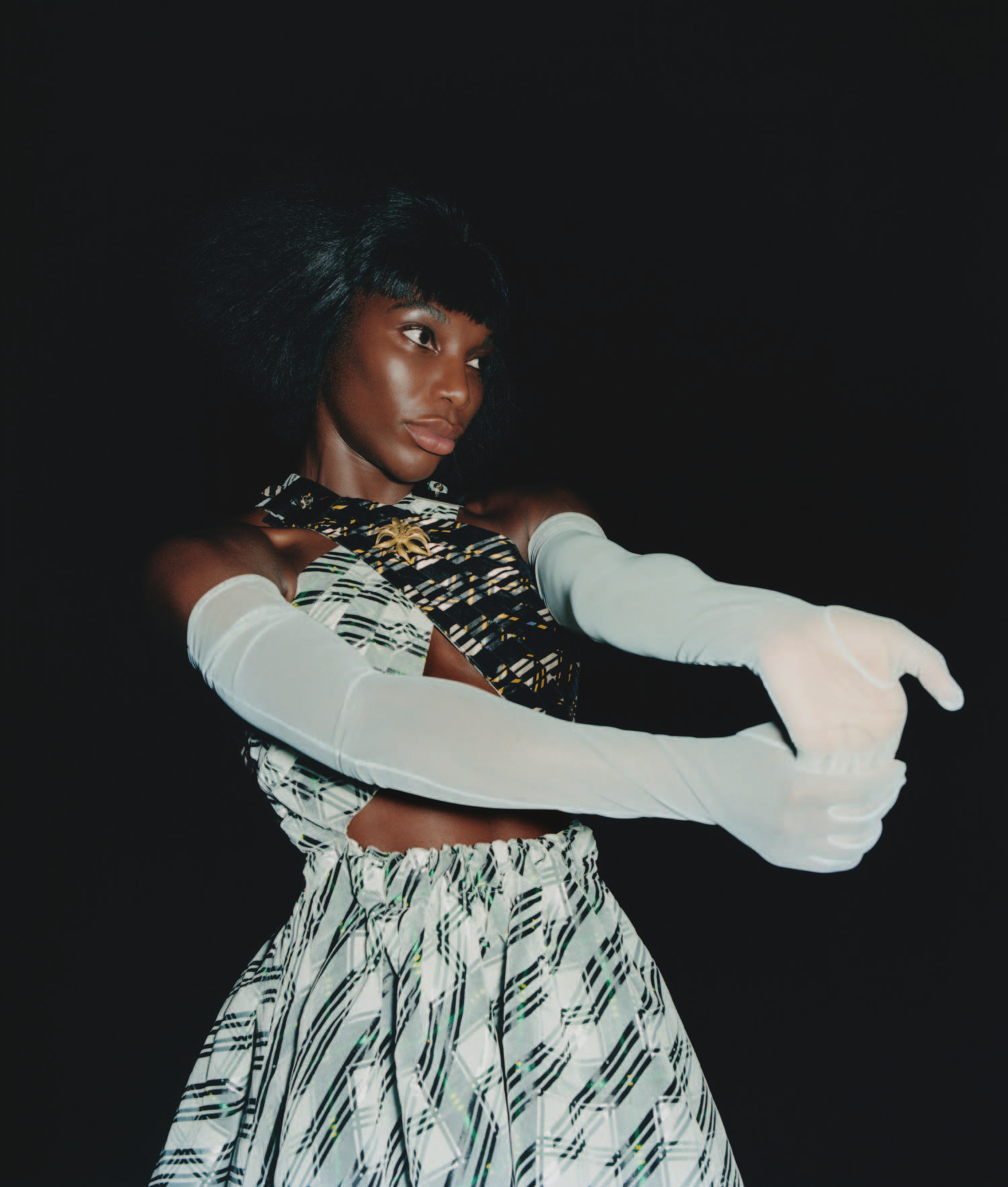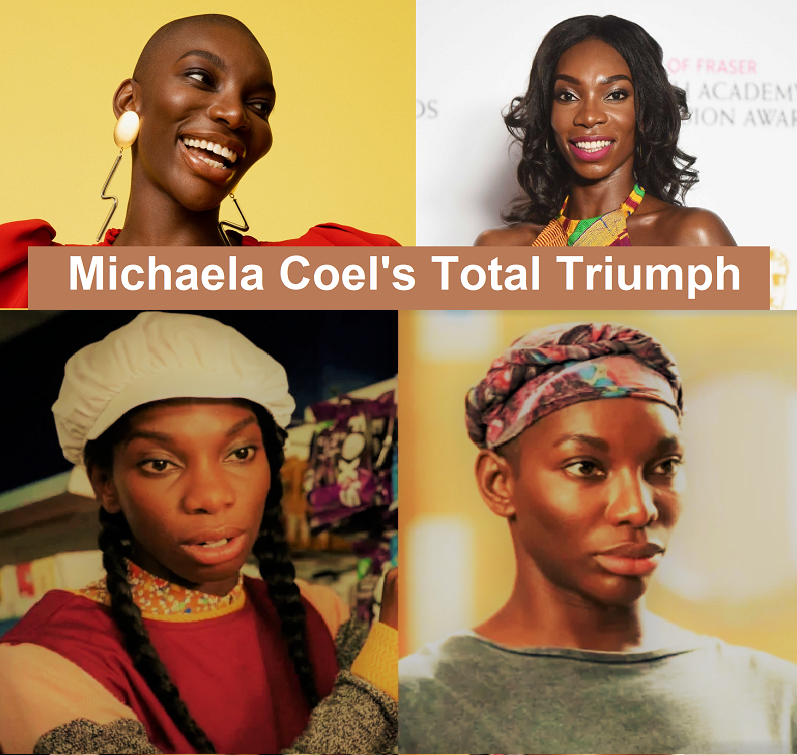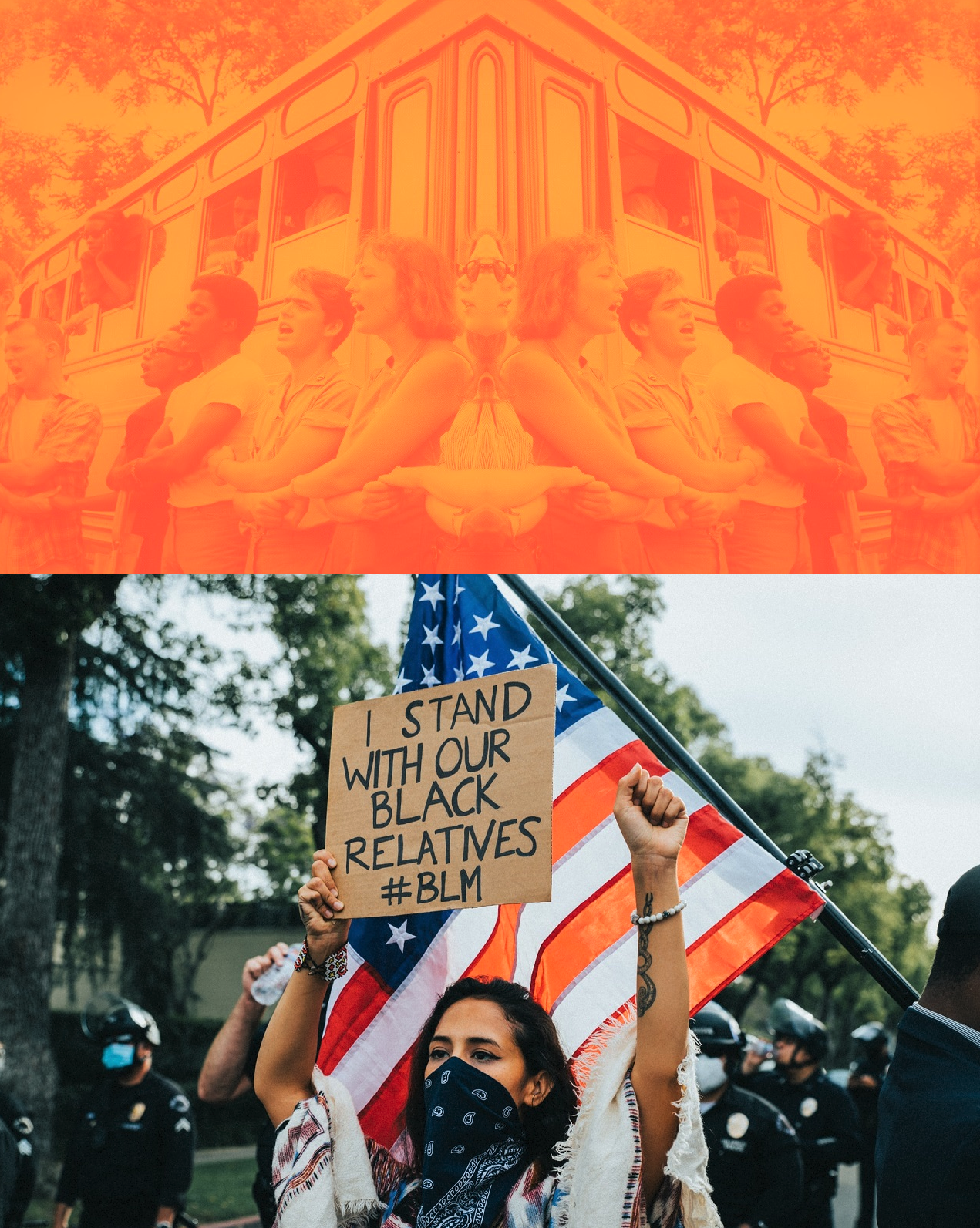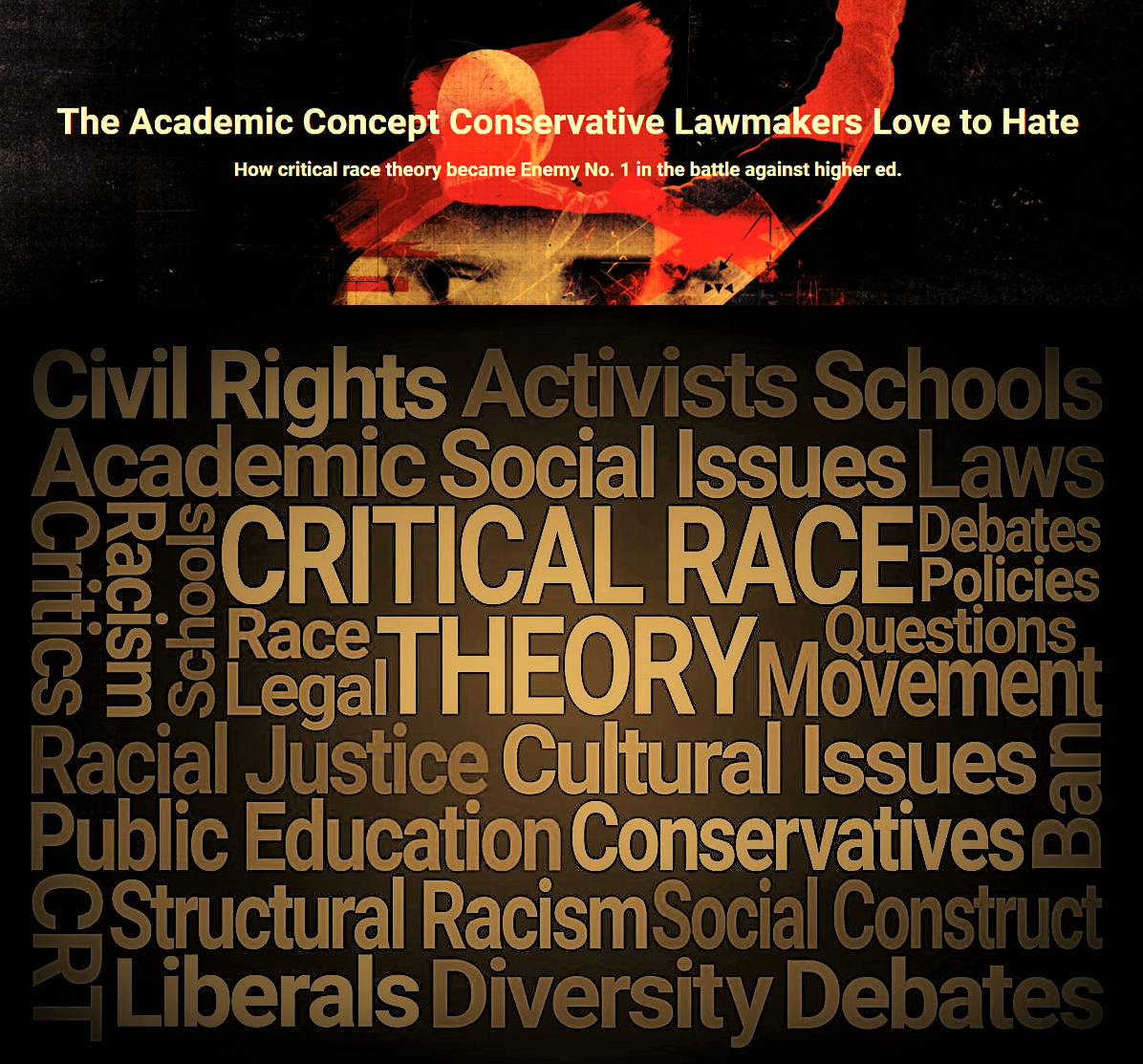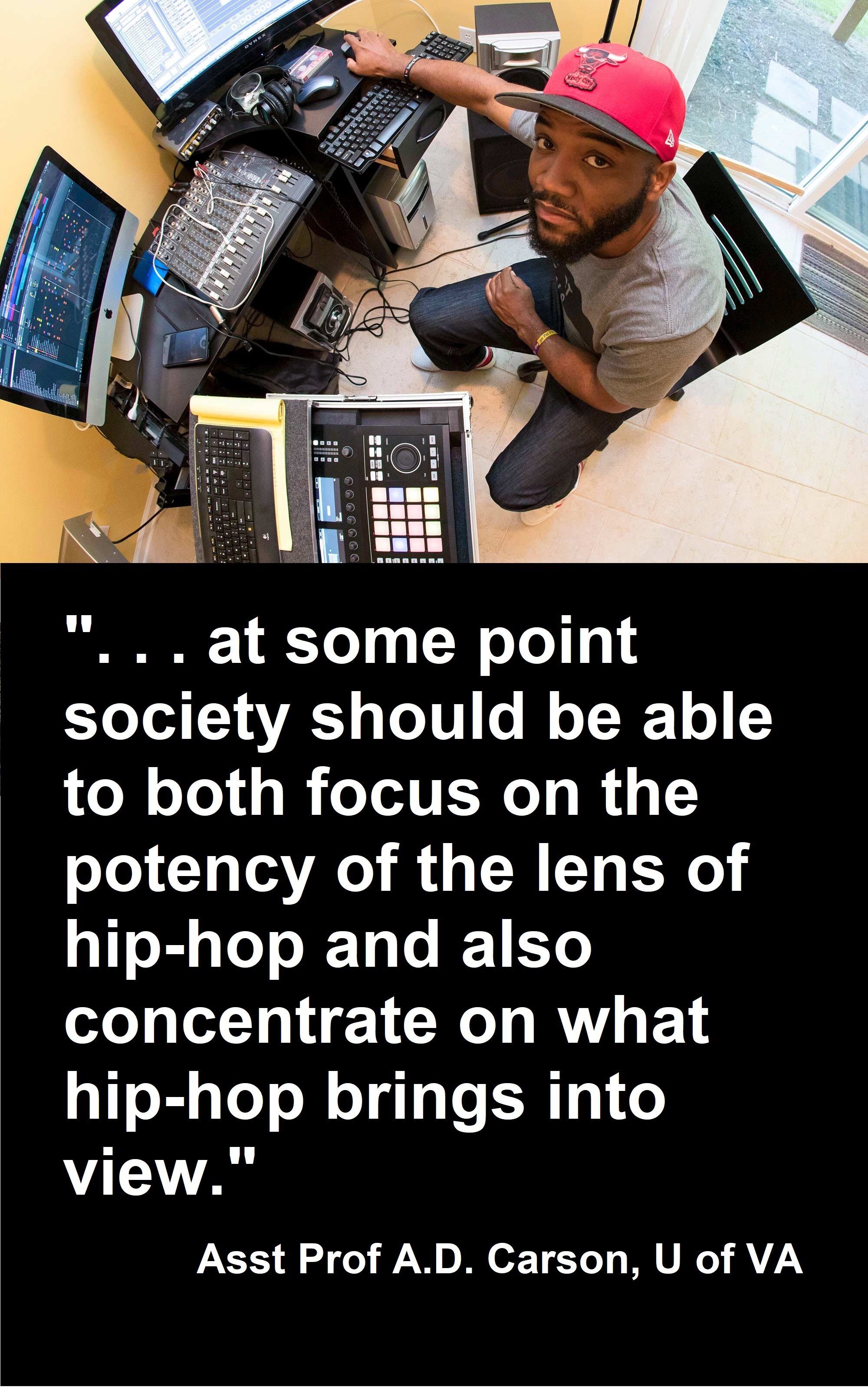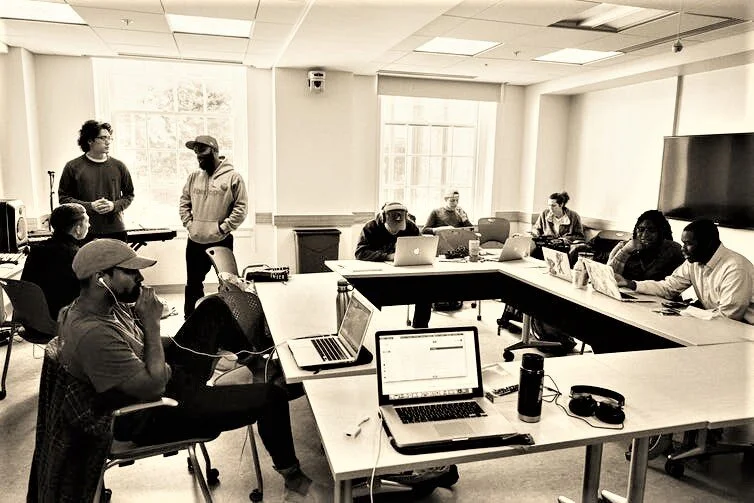Nominated for 3 Emmys, 'Misfits' Book Dropping Sept. 7, Michaela Coel Joins Black Panther
/Michaela Coel’s 3 Emmy Nominations
The Michaela Coel show continues to roll on, with the news that the actor, director, screenwriter received three nominations for ‘I May Destroy You’. Broadcast on Sunday, September 19 on CBS, Coel has been nominated for Outstanding Directing For A Limited Or Anthology Series Or Movie - 2021; Outstanding Lead Actress In A Limited Or Anthology Series Or Movie - 2021; and Outstanding Writing For A Limited Or Anthology Series Or Movie - 2021.
In December 2020, Michaela Coel was part of an impressive creative presentation by The New York Times Magazine, with its focus on today’s best actors. The magazine writes: “With ‘I May Destroy You,’ she set out to disturb, first by making us laugh, then by going to all kinds of extremes.”
‘Misfits’ Book Out September 7
The talented creative’s book ‘Misfits: A Personal Manifesto’ is due out September 7, 2021 in British and American bookstores.
The book will focus on topics covered in Coel’s MacTaggart lecture at the Edinburgh Festival in 2018. In her speech, which drew audible gasps from the audience, Coel spoke in astounding clarity and factual detail about the barriers and racism she had experienced as a young black woman working in the television industry, as well as her own sexual assault.
A video of the speech is embedded in AOC. The Guardian quotes British publisher Ebury saying that in the book [Coel] “makes a compelling case for radical honesty”. It will be a rousing and bold case against fitting in and a powerful manifesto on how speaking your truth and owning your differences can transform your life.”
Michaela Coel Goes to Wakanda
Variety broke the news on July 21 that Micaela Coel has joined the cast of Black Panther: Wakanda Forever’. Details of her character are in the lock box, but the actor as joined “director Ryan Coogler at Atlanta’s Pinewood Studios, where production began last month,” writes Matt Donnelly.
Lastly — for the moment — the BBC UK said in May that Michaela Coel is working on a new television series.
“It’s truly in Michaela’s head and it’s not for me to second guess that too much at this point,” the network’s drama chief Piers Wenger responded to questions about the plot’s potential ties to ‘I May Destroy You."‘ “It’s at relatively early stages, but I wanted to let the fans of ‘I May Destroy You’ know that there is a new show coming along…What relationship that show will have with the original series, [is for Michaela to decide].”
Related MIchaela Coel articles on AOC.




